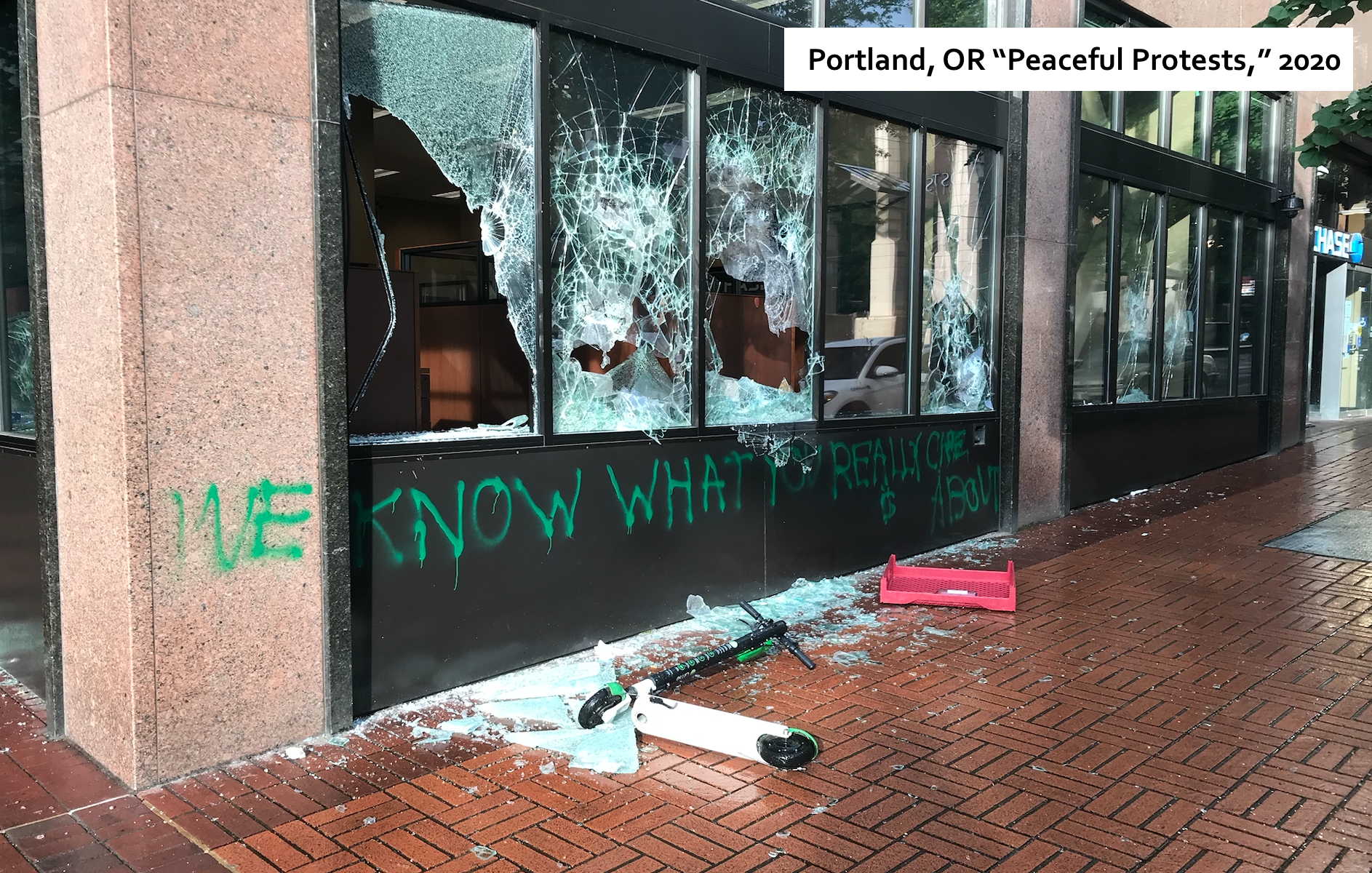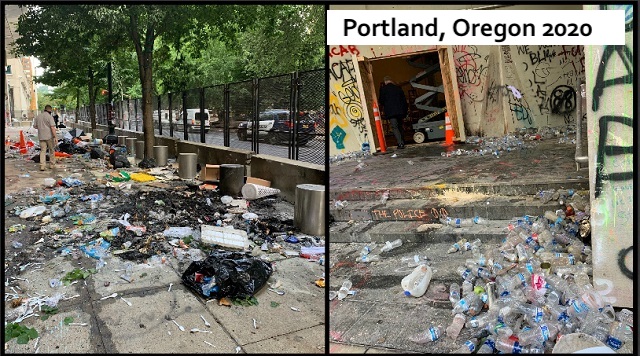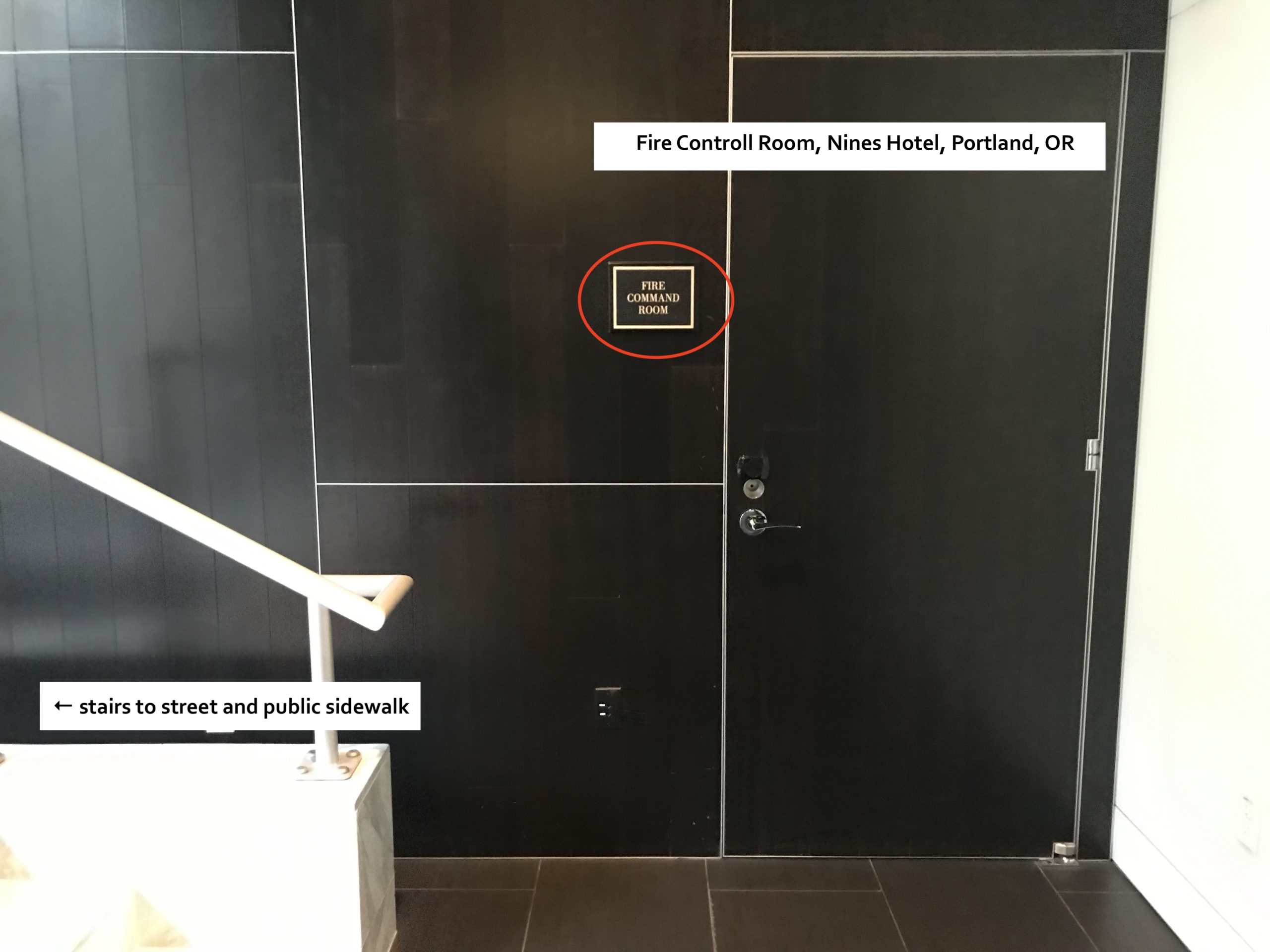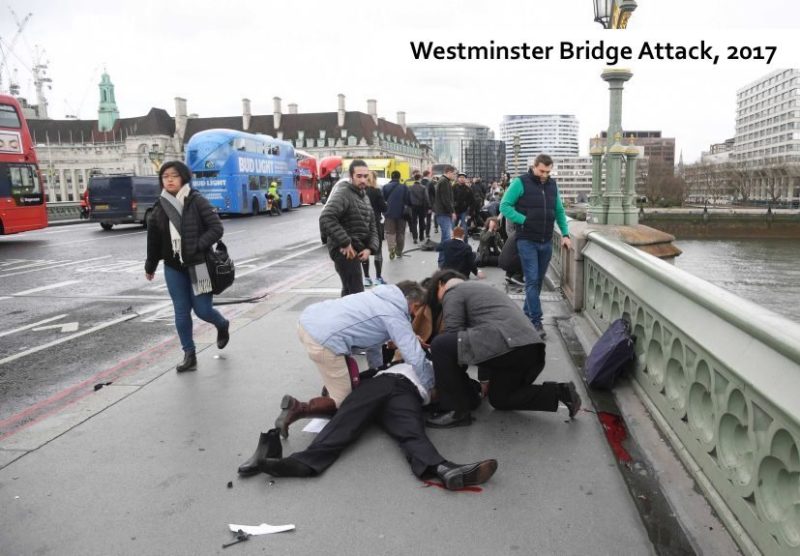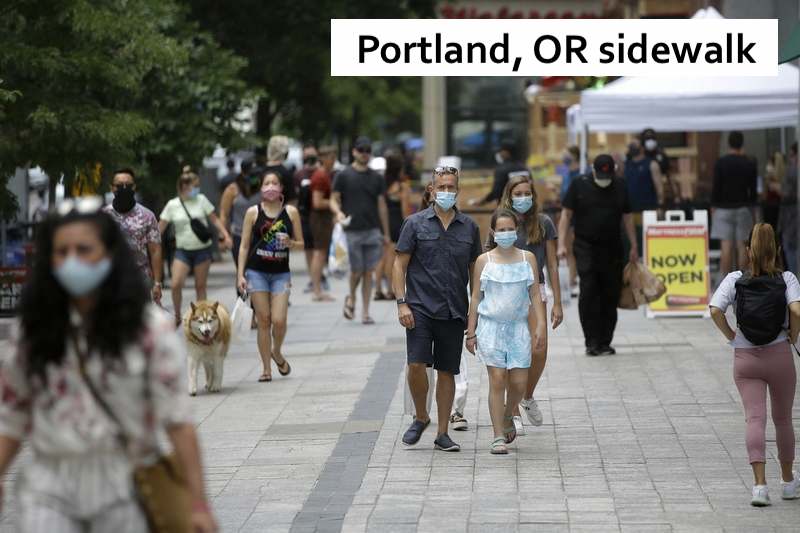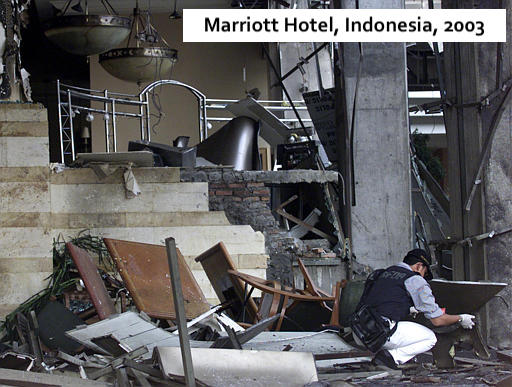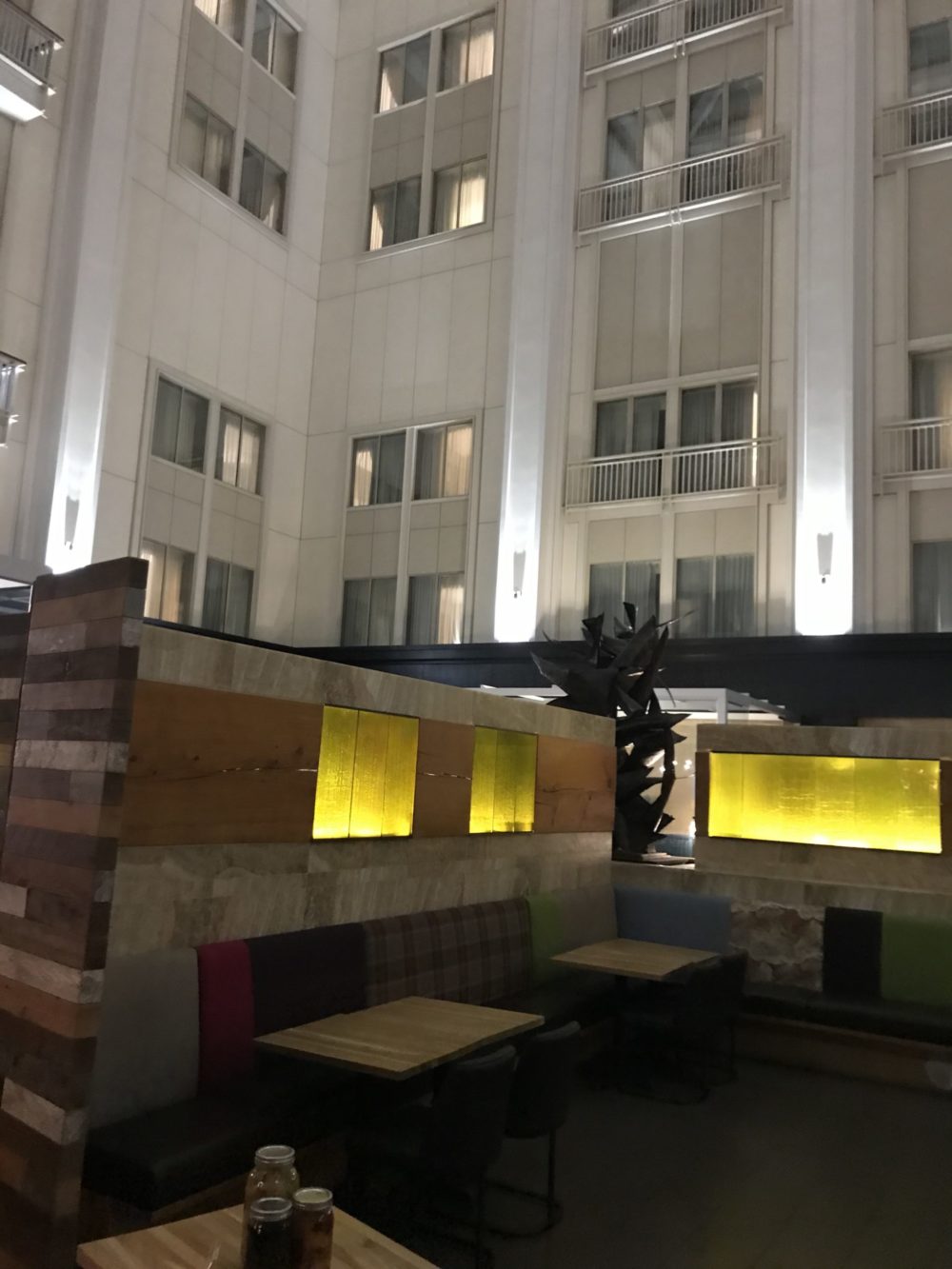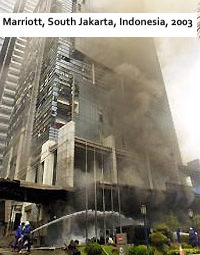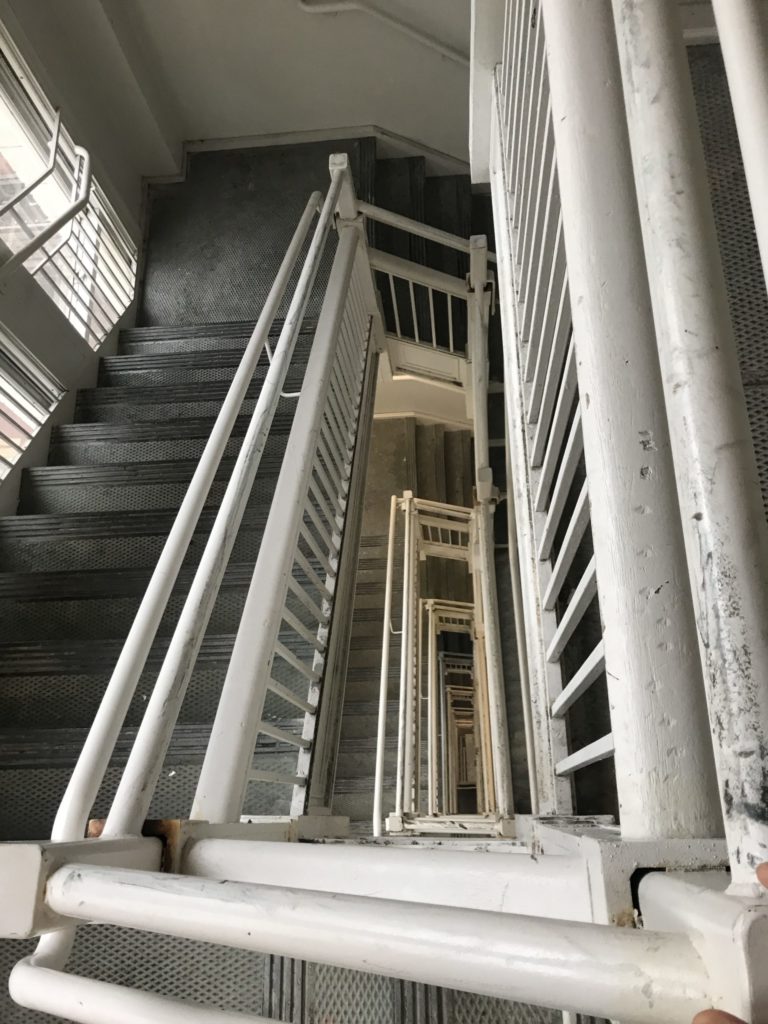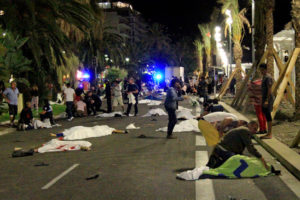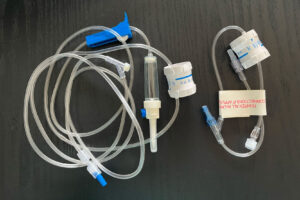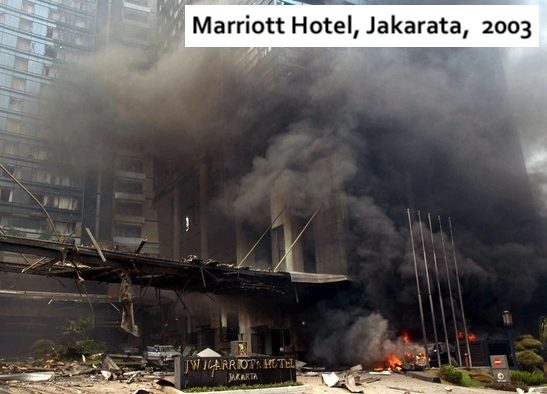
A hotel stay: reflections on the challenges managing casualties in a high-risk environment
- Posted by Mike Shertz MD/18D
- Categories (S) Security & Awareness, Travel Medicine
🕖 Reading Time, 5 minutes
There is nothing like a brief stay in recently war-torn Portland, Oregon, to force you to rethink your security and tactical medical support plan in a high-risk environment.
If you consider yourself a competent tactical medic, besides TECC / TCCC you need to consider managing casualties from fire as a weapon, vehicle ramming, building collapse, and have a plan for vertical extraction of casualties.
– Sean Mckay, Element Rescue
Fire as a Weapon
The intentional use of setting fires to trap and generate casualties is a low-tech, easily executable technique. When used in a high-rise building, a fire on one floor could trap everyone on higher floors until the fire is controlled. What about the fire suppression systems required by fire code? The systems are not hard to control nor disable when access is directly behind a visible door in the lobby.
DHS has an overview on this topic – Fire as a Weapon

Vehicle Ramming
Busy public streets and sidewalks provide ample opportunity to generate casualties if a driver intentionally plows a vehicle into a crowd. Unlike penetrating trauma, most of these injures will be blunt. Severe head injuries account for most deaths.
See, the Crisis Medicine article on Pedestrian vs Automobiles
DHS has a brief overview of the topic – Vehicle Ramming Security Awareness
Building Collapse
Buildings will be physically compromised by fire or nearby explosions in an attack. The fact it hasn’t completely collapsed yet is only partially reassuring. As the fire service says, “gravity is unforgiving, unpredictable, and always a factor to consider.” Within a collapsed structure, there is exposure to falling debris, unstable working surfaces, exposed electric, dust particles, fires, and the blood of dismembered casualties.
Vertical Extraction
Even a multi-story home could present vertical extraction issues, let alone a large hotel. Sometimes it is easier to lower casualties down stairwells and out windows rather than transport them through partially cleared danger areas or past unexploded ordnance.
Dr. Mike Shertz is the Owner and Lead Instructor at Crisis Medicine. Dr. Shertz is a dual-boarded Emergency Medicine and EMS physician, having spent over 30 years gaining the experience and insight to create and provide his comprehensive, science-informed, training to better prepare everyday citizens, law enforcement, EMS, and the military to manage casualties and wounded in high-risk environments. Drawing on his prior experience as an Army Special Forces medic (18D), two decades as an armed, embedded tactical medic on a regional SWAT team, and as a Fire Service and EMS medical director.
Using a combination of current and historical events, Dr. Shertz’s lectures include relevant, illustrative photos, as well as hands-on demonstrations to demystify the how, why, when to use each emergency medical procedure you need to become a Force Multiplier for Good.

